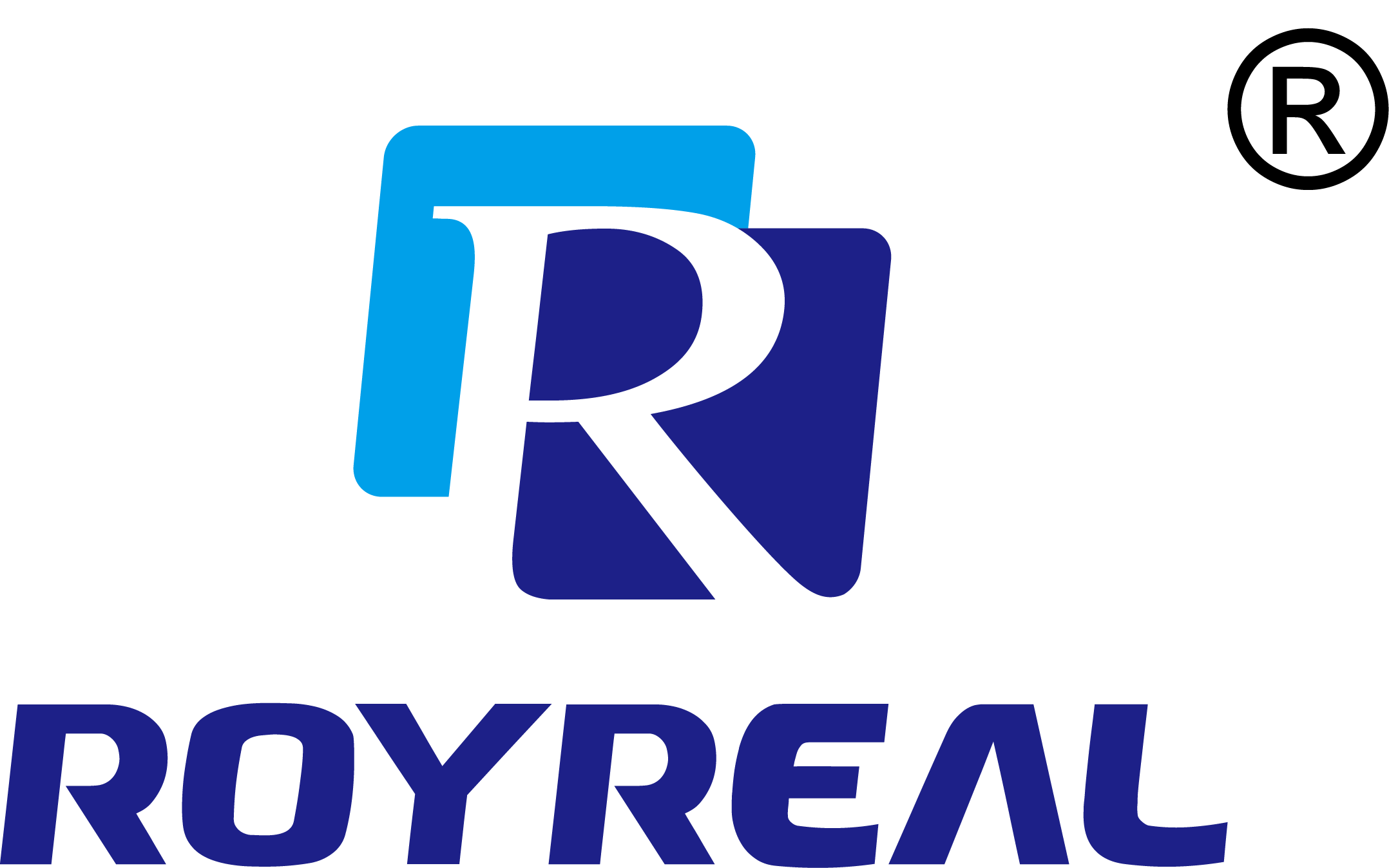The Future of Wet Test Gas Flow Meters: Innovations and Trends
Category: Industry News
Time:2024-12-09
Table of Contents:
1. Introduction: Wet Test Gas Flow Meters - An Overview
2. Advancements in Wet Test Gas Flow Meter Technology
2.1 The Role of Ultrasonic Technology
2.2 Smart and Connected Devices
2.3 Integration of Artificial Intelligence
3. Emerging Applications and Industries
3.1 Impact on Energy Production and Distribution
3.2 Applications in Chemical and Petrochemical Industries
3.3 Importance in Environmental Monitoring
4. Future Trends in Wet Test Gas Flow Meters
4.1 Miniaturization and Portability
4.2 Improved Accuracy and Calibration
4.3 Enhanced Data Analytics and Visualization
5. Frequently Asked Questions (FAQs)
5.1 How do wet test gas flow meters work?
5.2 What are the advantages of wet test gas flow meters over other types?
5.3 Can wet test gas flow meters be used in hazardous environments?
5.4 Are wet test gas flow meters suitable for measuring different gases?
5.5 How often should wet test gas flow meters be calibrated?
6. Conclusion: Embracing the Future of Wet Test Gas Flow Meters
In industries where accurate measurement of gas flow rates is crucial, wet test gas flow meters play a vital role. These meters employ innovative technologies to accurately quantify the flow of gases, even in challenging conditions. This article delves into the exciting advancements and emerging trends in wet test gas flow meters, shedding light on their potential impact on various industries.
2.1 The Role of Ultrasonic Technology
Ultrasonic technology has revolutionized wet test gas flow meters by offering improved accuracy and reliability. This non-intrusive method utilizes ultrasonic waves to measure the velocity of gas flow and calculate the volumetric flow rate. With no moving parts, ultrasonic wet test gas flow meters offer excellent durability and minimal maintenance requirements.
2.2 Smart and Connected Devices
The advent of smart and connected devices has empowered wet test gas flow meters with advanced functionalities. These meters can now wirelessly transmit real-time data to centralized systems, enabling remote monitoring and control. The integration of IoT capabilities allows for predictive maintenance, optimizing the performance and efficiency of gas flow measurements.
2.3 Integration of Artificial Intelligence
Artificial Intelligence (AI) algorithms are being employed to enhance the accuracy and reliability of wet test gas flow meters. By continuously learning from data patterns, AI-powered meters can provide predictive analysis and automatic calibration, further improving measurement precision. This integration of AI ensures consistent and reliable gas flow measurements.
3.1 Impact on Energy Production and Distribution
Wet test gas flow meters play a critical role in energy production and distribution systems. With increasing demand for renewable energy sources, accurate measurement and monitoring of gas flow rates are essential for optimizing efficiency. Wet test gas flow meters enable precise measurements in diverse energy sectors, including natural gas, biogas, and hydrogen.
3.2 Applications in Chemical and Petrochemical Industries
The chemical and petrochemical industries rely heavily on wet test gas flow meters for process control and optimization. Accurate measurements of gas flow rates are vital for ensuring product quality, safety, and compliance with environmental regulations. Wet test gas flow meters provide real-time data to monitor and control gas flow in various chemical processes.
3.3 Importance in Environmental Monitoring
Wet test gas flow meters contribute significantly to environmental monitoring and emissions control. By accurately measuring gas flow rates, these meters aid in detecting and quantifying air pollutants, facilitating compliance with environmental regulations. Wet test gas flow meters find applications in industries such as waste management, air quality monitoring, and emissions reduction.
4.1 Miniaturization and Portability
The future of wet test gas flow meters lies in miniaturization and portability. Advancements in sensor technology and miniaturized components enable the development of compact and lightweight meters. Portable wet test gas flow meters offer greater flexibility and convenience, allowing for measurements in a wider range of environments and applications.
4.2 Improved Accuracy and Calibration
Manufacturers are continually working towards enhancing the accuracy and calibration capabilities of wet test gas flow meters. Innovative calibration techniques and advanced algorithms ensure reliable and precise measurements across various operating conditions. These advancements enable the meters to deliver consistent results and minimize measurement uncertainties.
4.3 Enhanced Data Analytics and Visualization
The evolution of wet test gas flow meters includes the integration of advanced data analytics and visualization tools. Real-time data analysis enables trend monitoring and predictive maintenance, optimizing the performance of gas flow systems. Interactive visualizations allow for intuitive data interpretation, empowering operators to make informed decisions promptly.
5.1 How do wet test gas flow meters work?
Wet test gas flow meters operate by measuring the velocity of gas flow using various techniques such as ultrasonic, thermal dispersion, or differential pressure. These meters then calculate the volumetric flow rate based on the measured velocity and gas properties.
5.2 What are the advantages of wet test gas flow meters over other types?
Wet test gas flow meters offer advantages such as non-intrusive measurement, high accuracy, wide turndown ratio, minimal pressure drop, and compatibility with various gases. They are also suitable for harsh environments and provide reliable measurements even in the presence of moisture or particulate matter.
5.3 Can wet test gas flow meters be used in hazardous environments?
Yes, wet test gas flow meters are designed to operate safely in hazardous environments. They are constructed with robust materials and certified to meet relevant safety standards, ensuring reliable performance in potentially explosive atmospheres.
5.4 Are wet test gas flow meters suitable for measuring different gases?
Wet test gas flow meters are versatile and can be used to measure various gases, including natural gas, biogas, hydrogen, and other process gases. Manufacturers provide models specifically designed for different gas types and applications.
5.5 How often should wet test gas flow meters be calibrated?
Regular calibration is essential to maintain the accuracy and reliability of wet test gas flow meters. The frequency of calibration depends on factors such as industry regulations, meter usage, and environmental conditions. It is recommended to follow the manufacturer's guidelines and consult experts for calibration intervals.
As technology continues to advance, wet test gas flow meters are undergoing exciting transformations. Ultrasonic technology, smart devices, and integration of artificial intelligence are revolutionizing this field. With emerging applications in energy, chemical, petrochemical, and environmental industries, wet test gas flow meters are becoming indispensable tools for accurate and reliable gas flow measurement. Embrace the future of wet test gas flow meters to optimize processes, enhance efficiency, and ensure compliance with industry standards.
Keywords:
 EN
EN RU
RU SP
SP
